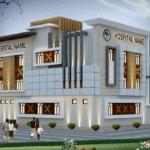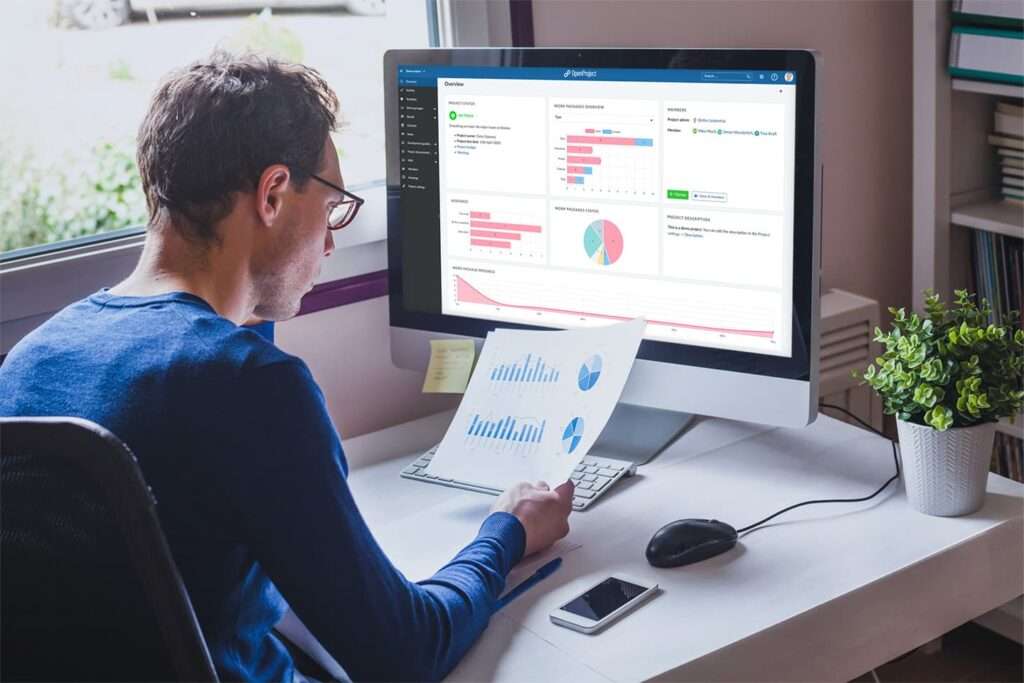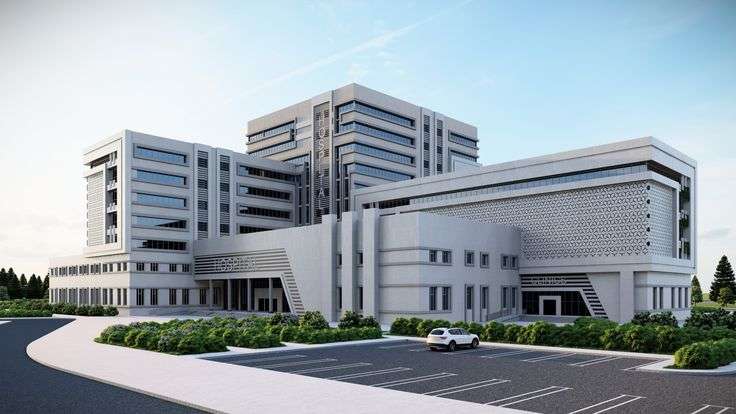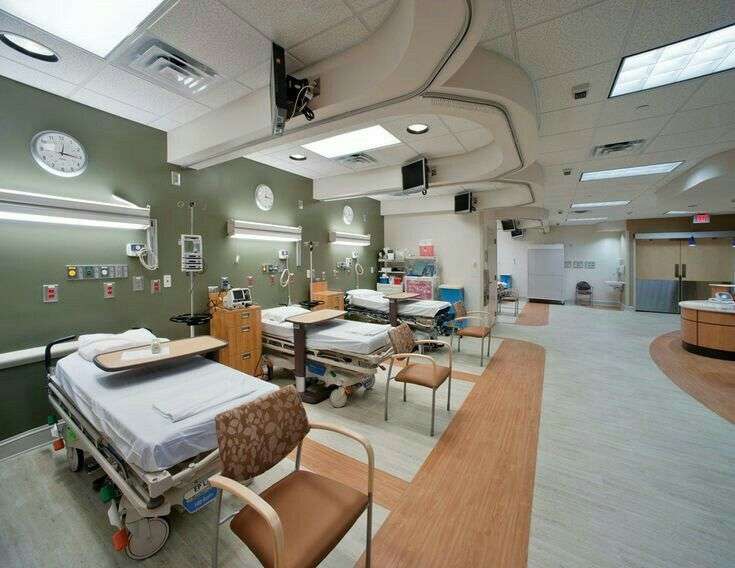
Hospital Architecture: A Guide to Do’s And Dont’s
April 23, 2024
Guide to Modern Hospital Design- Building a Wellbeing
April 29, 2024HOSPITAL DETAILED PROJECT REPORT(DPR): Contact- +91-9967512705 For Hospital Building and Healthcare Designing Services in PAN India.
As healthcare systems all over the world are becoming increasingly more advanced. The demand for state-of-the-art facilities, offering easy accessibility and top-notch services is continuously rising Whether you’re a practitioner in the healthcare domain or a newcomer in the healthcare. Do you know that constructing a hospital is a complex, convoluted, and extremely demanding task? Every successful hospital had an effective plan in place – a blueprint for the whole project – from the beginning to the end. It is captured in the Detailed Project Report (DPR) document.
What Does a Detailed Project Report Mean?
A DPR also referred to as a Feasibility Report, is a complete document that describes the hospital project in detail. It serves as a business plan that includes a study of the viability of the project, technical feasibility, financial projections, and operational considerations.

Here’s a breakdown of the key components typically included in a DPR:
- Executive Summary: A brief description of the project, consisting of its goals, scope, and expected results.
- Project Description: A careful description of the proposed hospital that includes information about the medical facilities, and target patient population.
- Technical Feasibility Study: Technical assessment of the project, inclusive of the site selection, building design, construction materials, and IT infrastructure.
- Market Analysis: Firstly, a detailed analysis of the target market, demand for health services at the proposed location, and a competition facility analysis.
- Financial Projections: A well-structured and detailed financial plan containing information about project costs, funding sources, revenue projections, and operational expenses.
- Implementation Schedule: A project development timeline that includes construction phases and equipment procurement.
- Risk Management Plan: Risk analysis and strategizing appropriate control measures for any identified risk.
- Environmental Impact Assessment (EIA): An assessment of the project’s potential environmental impact as well as mitigation strategies to address any concerns.
- Social Impact Assessment (SIA): The impact of the project on the socio-economy of the surrounding community, concerning job creation and improving access to healthcare will be examined.
What makes DPR important?
So the question remains how much time and finances should be invested in developing a concise DPR?
- Firstly, Securing Funding: A properly developed DPR becomes a crucial document for obtaining money from investors, banks, or the government. It shows the viability of the project, lowers investment risk, and engenders faith in the future success of the project.
- Secondly, Planning and Execution: The DPR is your project’s red book, everything that you should be aware of has been written down. It is the backbone of the entire project and encompasses all the steps that translate into design, building, purchasing of equipment, and operational planning.
- Risk Management: The DPR includes identifying potential risks and creating preventative strategies. This foresight ahead of time ensures that there are fewer odds of encountering unforeseen difficulties and expensive deadlines.
- Communication and Transparency: The DPR becomes a communication medium that allows stakeholders such as investors, board members, and the project team to be fully aware of the goals of the project, its scope, and corresponding financial issues to be addressed.
- Moreover, Increased Project Success: A well-delineated DPR enhances a project success rate. It creates a base for successful implementation, budget distribution, and financial management.

DPR: A Foundation for a Thriving Hospital
A hospital project is much more than bricks and mortar. It’s about creating a healthcare ecosystem that caters to the needs of a community and contributes to a healthier society. A meticulously crafted DPR ensures you’re building on a solid foundation, one that fosters collaboration, reduces uncertainty, and increases the likelihood of achieving your vision.
To conclude, Investing in a comprehensive DPR is not an expense; it’s an investment in the future – the future of your hospital project and the well-being of the community it serves. By taking the time to meticulously plan and comprehensively outline your vision, you’re setting your hospital project on the path to success, from groundbreaking to ribbon-cutting and beyond.
Ready to build a dream hospital Contact Hospertz today for a free consultation!




